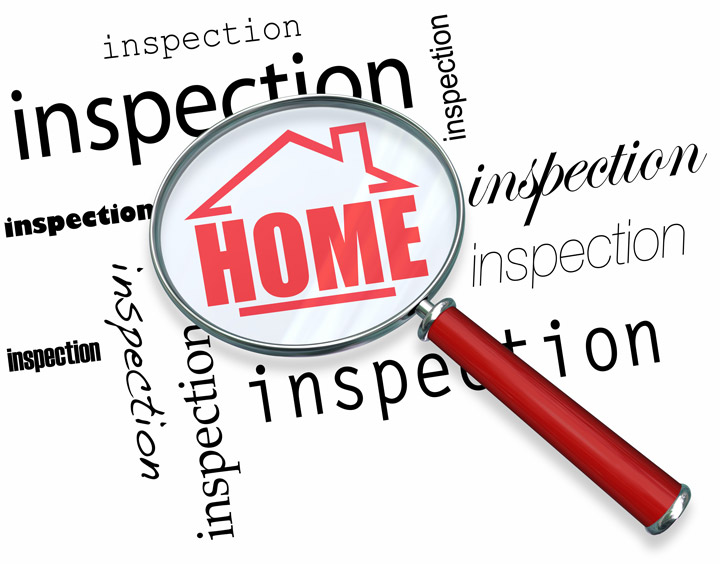
An Overview of the Appraisal ProcessBuying real estate can be the biggest investment some will ever make. Whether it's where you raise your family, a seasonal vacation home or a rental fixer upper, the purchase of real property is a complex financial transaction that requires multiple people working in concert to see it through. Practically all the parties involved are quite familiar. The most familiar entity in the transaction is the real estate agent. Then, the mortgage company provides the financial capital necessary to finance the deal. And the title company sees to it that all areas of the exchange are completed and that the title is clear to transfer to the buyer from the seller. So, what party makes sure the value of the real estate is in line with the purchase price? In comes the appraiser. We provide an unbiased estimate of what a buyer might expect to pay — or a seller receive — for a property, where both buyer and seller are informed parties. A licensed, certified, professional appraiser from Todd Andoe will ensure, you as an interested party, are informed. Inspecting the subject propertyOur first duty at Todd Andoe is to inspect the property to determine its true status. We must see features hands on, such as the number of bedrooms and bathrooms, the location, and so on, to ensure they truly exist and are in the shape a typical buyer would expect them to be. The inspection often includes a sketch of the property, ensuring the square footage is accurate and illustrating the layout of the property. Most importantly, we look for any obvious features - or defects - that would have an impact on the value of the property. Following the inspection, we use two or three approaches to determining the value of real property: sales comparison and, in the case of a rental property, an income approach. 
Cost ApproachHere, we use information on local building costs, labor rates and other elements to figure out how much it would cost to replace the property being appraised. This estimate commonly sets the maximum on what a property would sell for. The cost approach is also the least used method. 
Analyzing Comparable SalesAppraisers get to know the communities in which they appraise. They innately understand the value of particular features to the people of that area. Then, the appraiser looks up recent transactions in the neighborhood and finds properties which are 'comparable' to the home at hand. By assigning a dollar value to certain items such as fireplaces, room layout, appliance upgrades, extra bathrooms or bedrooms, or quality of construction, we add or subtract from each comparable's sales price so that they are more accurately in line with the features of subject property.
In the end, the appraiser reconciles the adjusted sales prices of all the comps and then derives an opinion of what the subject could sell for. When it comes to valuing features of homes in Oroville and Butte, Todd Andoe is your local authority. The sales comparison approach to value is usually awarded the most importance when an appraisal is for a home sale. Valuation Using the Income ApproachA third way of valuing a property is sometimes applied when a neighborhood has a measurable number of rental properties. In this situation, the amount of revenue the real estate generates is taken into consideration along with income produced by comparable properties to derive the current value. ReconciliationCombining information from all approaches, the appraiser is then ready to document an estimated market value for the subject property. Note: While this amount is probably the most reliable indication of what a house is worth, it probably will not be the price at which the property closes. There are always mitigating factors such as the seller's desire to get out of the property, urgency or 'bidding wars' that may adjust the final price up or down. But the appraised value is typically employed as a guideline for lenders who don't want to loan a buyer more money than the property is actually worth. At the end of the day, an appraiser from Todd Andoe will guarantee you discover the most accurate property value, so you can make the most informed real estate decisions. |